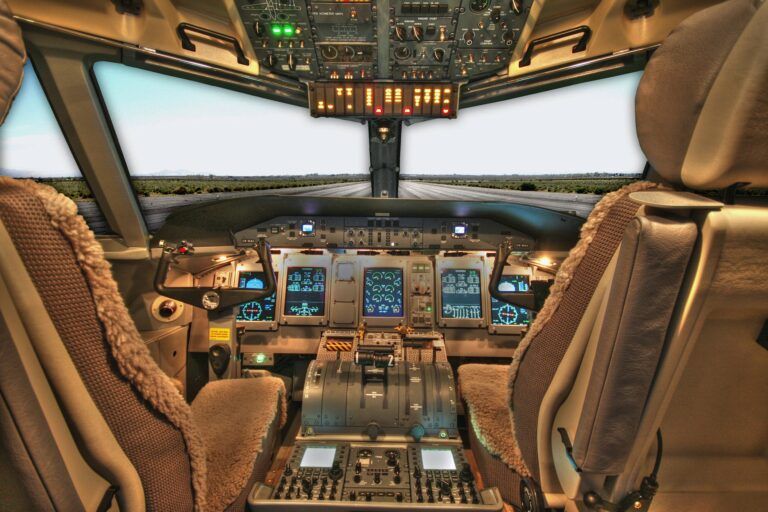Thales has unveiled PureFlyt, its brand new flight management system that is designed to efficiently manage aircraft in a connected aerospace ecosystem and in increasingly crowded skies.
With the global commercial aircraft fleet forecast to double by 2030 and the use of drones set to rapidly grow, there will soon be millions of aircraft movements each day.
Combining extensive knowledge of avionics, connectivity, air traffic management and 40-year FMS expertise, Thales has developed the entirely connected FMS that is designed to offer airframers and airlines the best combination of safety, security, and fuel and operations efficiency.
PureFlyt strives to allow crews to make better decisions using more sources of information, bringing improved performance and reactivity to the aircraft during complex phases of flight. It will also calculate alternative trajectories in real time to propose or react quickly to changes of plan.
One of the core innovations of PureFlyt is its ability to draw on both onboard and open-world data, such as weather information. By combining the integrity of the FMS and the electronic flight bag flight functionalities, aircraft trajectory can be permanently controlled, adapted and enhanced, resulting in optimised flight, decreased fuel consumption and improved passenger comfort.
Jean-Paul Ebanga, Thales vice-president for flight avionics, said, “In the air, the digital revolution has only just begun. A paradigm shift in onboard cockpit electronics is taking place in the connected airspace and PureFlyt is at the forefront of this digital new age, leading the next generation of FMS that truly makes the aircraft a node of connectivity.
“By computing and sharing vast amounts of data, PureFlyt will make flights safer, greener, easier for the pilots to manage, more profitable for airlines and, all this, ultimately for the full benefits of passengers.”
Using massive testing and artificial intelligence technologies to simulate two billion test cases enabled Thales to accumulate the equivalent of 100 million actual flight hours.
Cyber-secure by design, PureFlyt has also been designed to be future-proof, accommodating the implementation of concepts such as the Initial 4D (I4D) trajectory management methods currently being researched by SESAR (Single European Sky ATM Research) in the EU and NextGen in the USA.
PureFlyt will be available for entry into service in 2024, for both linefit and retrofit.





